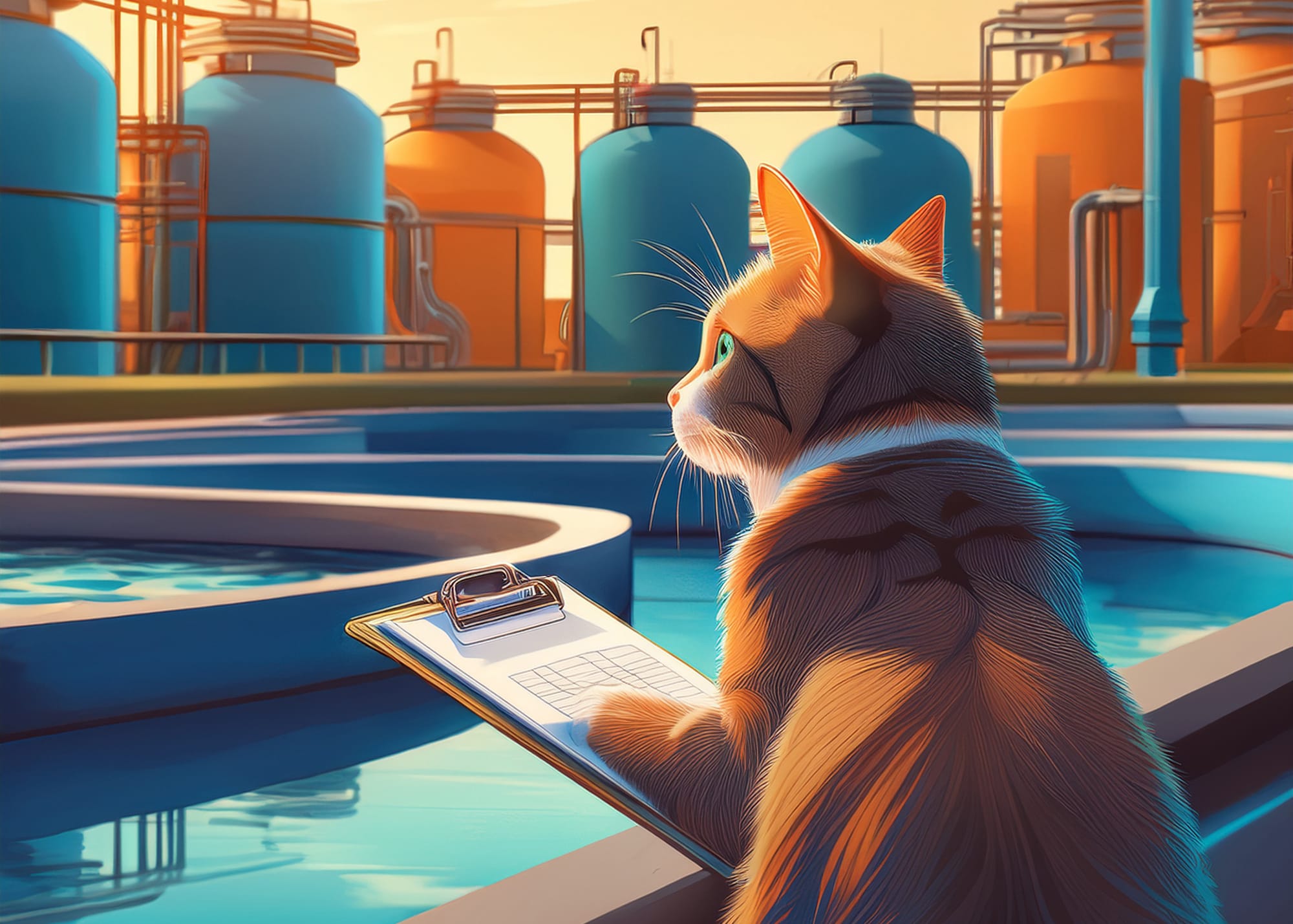Hoosac Water Quality District Meeting Recap – August 20, 2025
PFAS Compost Debate Continues
The Hoosac Water Quality District (HWQD) met Tuesday evening to review finances, plant operations, and the still-unresolved question of what to do with thousands of cubic yards of PFAS-contaminated compost currently stored onsite.
Plant Operations: Record Low Flows
Superintendent Brad reported that wastewater flows are at their lowest in three decades — about half the typical 3.2 million gallons per day. The cause is uncertain, but likely tied to population changes, infiltration patterns, and weather. While low flows ease maintenance, they complicate process control and create training challenges for newer staff.
Compost Disposal: A Two-Part Challenge
The bulk of the meeting focused on the growing compost stockpile, and commissioners made clear that the District faces a bifurcated issue:
- Disposing of the compost already piled onsite — currently representing 2–3 years of accumulation.
- Establishing a long-term plan for managing both compost and biosolids produced by the plant going forward.
Disposal Proposals:
- Casella: $122 per wet ton for use as landfill cover; $144 if buried.
- RMI: $155 per wet ton for use in soil mixtures (the compost currently meets Vermont’s updated PFAS standards).
Williamstown residents, including Select Board member Stephanie Boyd, voiced concerns about leaving PFAS-contaminated material exposed onsite. Many continue to press for a landfill option, which they view as the safest currently available.
HWQD Chair Hugh Daley acknowledged these concerns, noting that landfill disposal is not only slightly less costly than reuse but also more closely aligned with what residents are asking for.
The cost of disposal remains steep — estimated at $250,000–$400,000 annually — and waiting longer will only increase both backlog and liability. Commissioners discussed phased budgeting, use of emergency reserves, and spreading the costs over several years.
The challenge now is for HWQD to create a workable plan that:
- Addresses the existing backlog.
- Establishes a sustainable long-term disposal method.
- Responds to resident concerns.
- Fits within budget constraints.
- Gains buy-in from both Williamstown and North Adams.
Other Updates
- HWQD will soon lose its licensed electrician, who is leaving to start his own business. Contracting out work may become necessary.
- Electricity costs remain unusually low due to reduced flows and solar credits.
- Brad is monitoring state legislation and a proposed environmental bond bill that could provide PFAS remediation funds, though no immediate opportunities are available.
- The HWQD website is being updated to make minutes, agendas, and contact information more accessible. Residents can now reach the board directly at commissioners@hoosacwaterqualitydistrict.com.
Looking Ahead
Commissioners agreed that compost disposal is an urgent issue and asked Superintendent Brad to begin presenting options and incorporating them into the budget process this fall.
While the meeting ended without a final decision on sludge and compost disposal, it is clear that continued citizen advocacy around PFAS has pushed the HWQD toward the very options residents have been consistently calling for. The hope now is that civic engagement, paired with collaboration between residents, elected officials, and HWQD staff, can finally bring this long-running issue to resolution.
The next HWQD meeting is scheduled for September 17, 2025.

Member discussion